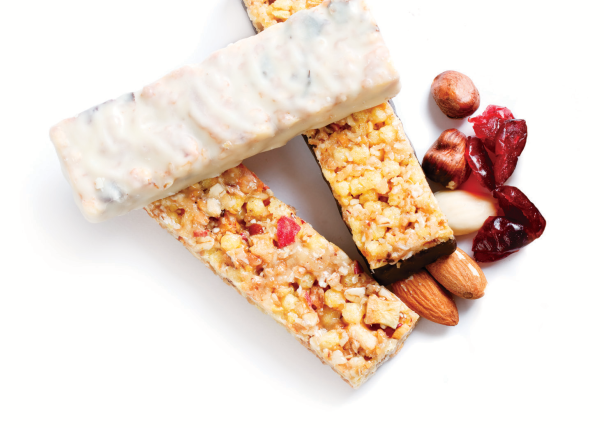
Definition
It’s fairly easy to figure out what snackification is – as consumers become increasingly short of free time, they’re replacing traditional meals with more frequent snacks spread throughout their day.
Rigidly sticking to the old mantra of ‘three square meals a day’ in the modern world might seem a little outdated, but splitting some of those meals into several smaller snacks adds a degree of flexibility to our hectic daily routines.
Research
A desire for convenience is the key driver of this trend. A recent report found that 65% of consumers worldwide consider easy preparation the most important factor when choosing food and beverage products.
The same report revealed that 67% of people make spontaneous meal decisions, and six in ten preferred to split meals into smaller snacks throughout the day.
This gives consumers more flexibility to add smaller hits of indulgence into their diet while still watching their calories – and their budgets. They no longer have to go all-in on a blowout meal for a treat – instead, high-quality snacks can add exciting new flavours and luxurious textures in bite-size, convenient formats.
This trend is now so well-established that it’s breaking out of traditional snack foods and is beginning to impact breakfast products, protein snacks, prepared convenience foods and ready meals, beverages, and many more product categories. These new formats don’t just add a little extra intrigue to the snack aisle, they can unlock new opportunities for manufacturers to meet modern consumer needs.
Elevating nutrition with functional ingredients
Today’s consumers are more conscious than ever about what they put into their bodies. Almost three quarters (74%) of global consumers are more likely to pay attention to nutritional benefits when purchasing food and beverages. And, in Europe, almost nine in ten consumers have used food supplements at some point in their lives – 93% of whom have taken supplements in the last year.
To meet the needs of these health-conscious consumers, snack foods must be able to offer an equivalent – or even superior – nutritional performance to a traditional meal. This requires taking a strategic approach to the inclusion of functional ingredients alongside a diversification of snack lines.
Doing so doesn’t just present consumers with more options while they shop, but it enables manufacturers and brands to create a balanced portfolio with a wide range of nutritional benefits.
The future of food
As consumer preferences continue to evolve alongside emerging technologies, functional snacks will continue to diversify. The lines between snacks and nutraceuticals will blur as personalised nutrition influences formulation development.
This will be complemented by new food technology, such as microwave-assisted vacuum frying, which offers a healthier alternative to traditional frying methods. Advancements in freeze-drying will also support the creation of more stable recipes.
3D printing has been steadily working its way into mainstream consciousness for several years. Versatile ingredients that complement these disruptive new manufacturing methods will be key to the success in future.